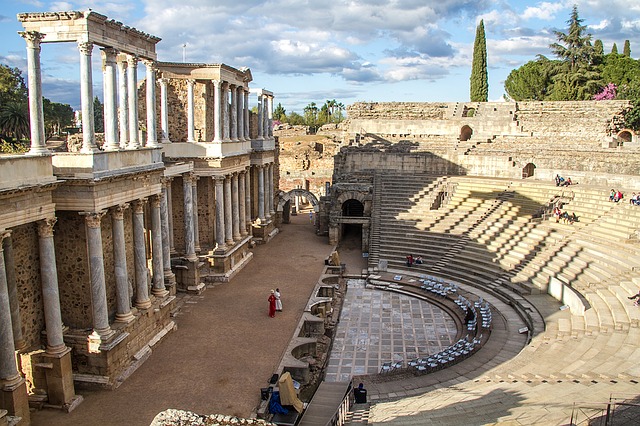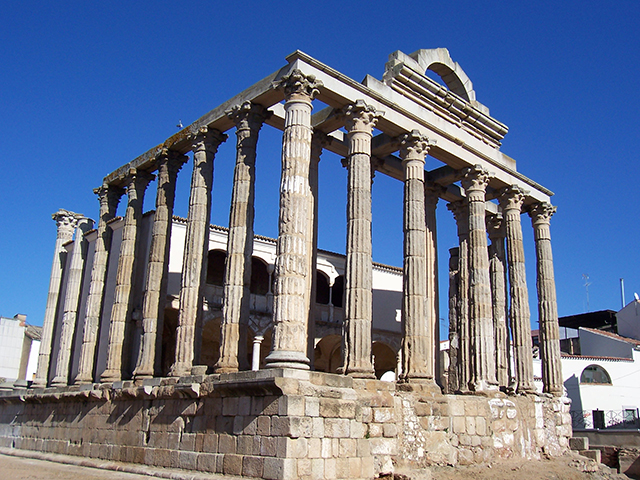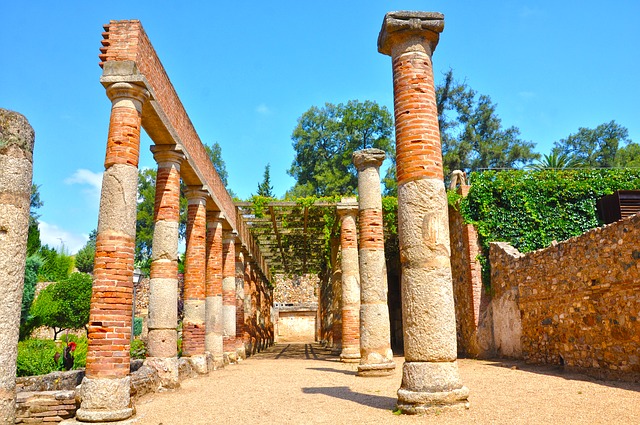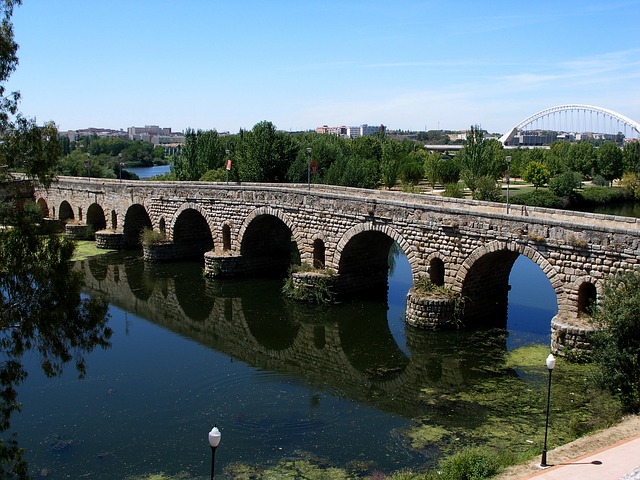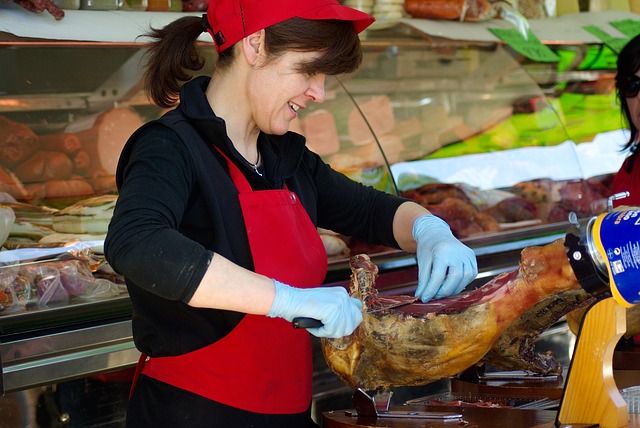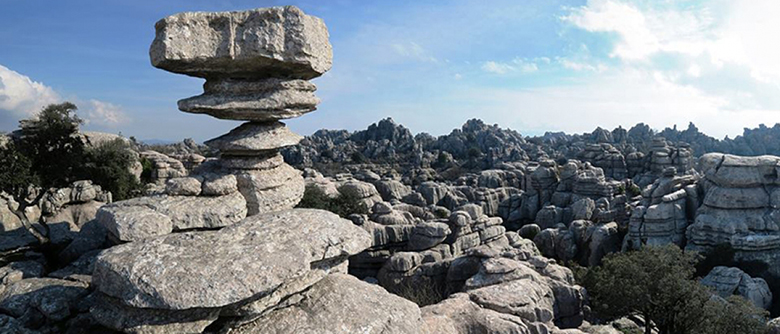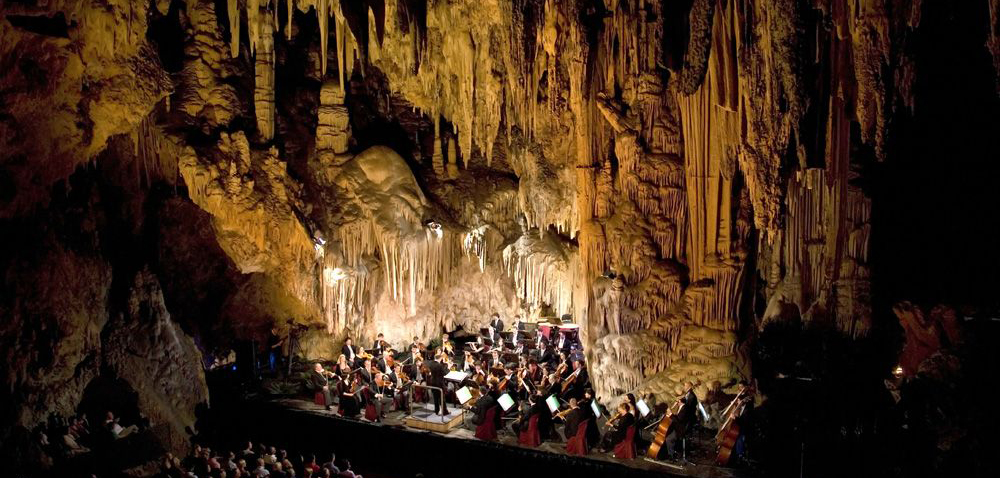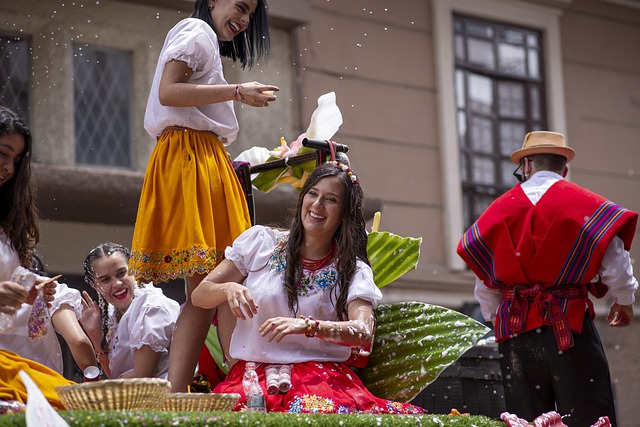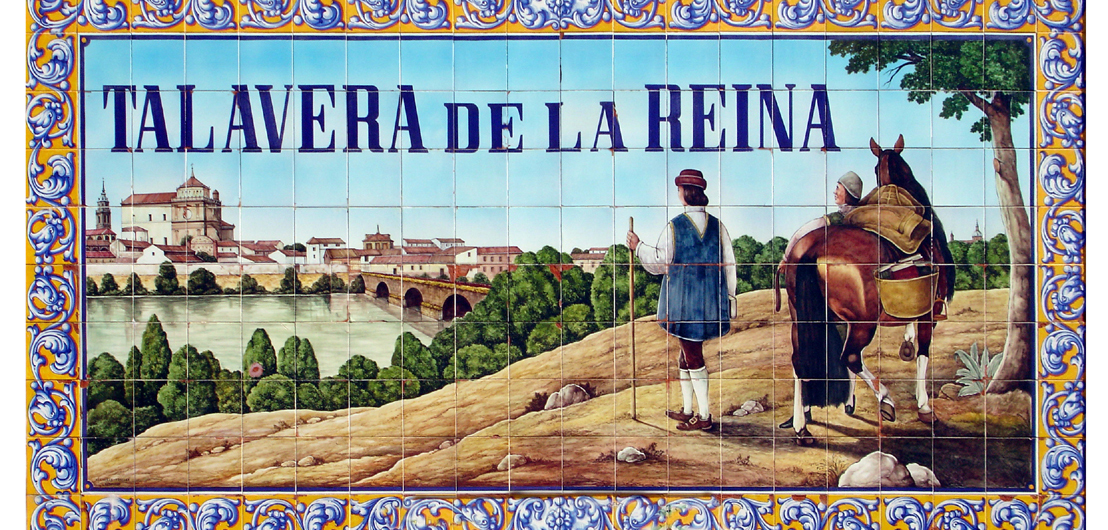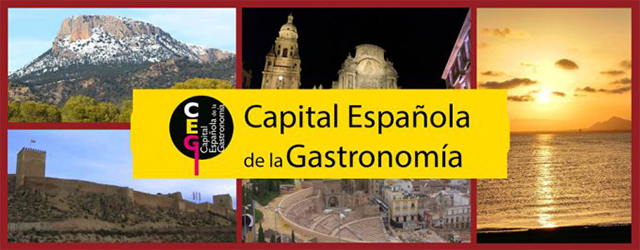Merida, the capital of Extremadura, was once also capital of the Roman province of Lusitania. Some of the most impressive and extensive Roman ruins in all of Spain bear evidence to this past, and have rightly earned Merida a World Heritage City designation by the UN.
Merida’s Roman legacy
Merida’s importance to the Romans was largely due to its great wealth of minerals and precious metals – the city lies at the heart of the Silver Route, an ancient road spanning the length of Spain from Seville in Andalusia to Oviedo and Gijon in Asturias, which was used for the transport of such goods. Travelers today can still follow in the footsteps of past inhabitants and see the aqueducts, bridges, arches and forts that remain from their times.
Within the city itself, Roman ruins are scattered throughout the streets. Its theater, amphitheater and temple dedicated to the goddess Diana are among the most emblematic, and surely played a large role in winning the World Heritage designation. Erected in the first century B.C., the theater seats 6,000 people and its stage is ornamented with sculptures of deities and imperial figures. Next to it is the amphitheater, a stage where gladiators wrestled with beasts. Both venues come back to life each summer with the celebration of the International Classical Theater Festival, one of the most important of its kind in Spain. The Temple of Diana is located in the city center, while on the outskirts, there are ambitious Roman civil projects such as the Aqueduct of los Milagros and the massive bridge crossing the Guadiana River. It was one of the largest bridges in the Empire – 800 meters long, with 60 arches.
This incredible Roman legacy is documented in the National Museum of Roman Art, where the history of the city can be explored through a priceless collection of more than 36,000 artefacts found in Merida and its vicinity.
The city today
Merida today is a lively and modern city, with a cultural calendar filled with interesting activities like the Classical Theatre Festival. Of course, the Roman ruins are the main attraction, but Merida itself is a charming place that makes for pleasant strolling, and is a great base for making day trips to neighboring towns like Zafra and Jerez de los Caballeros. There are also some very charming options for spending the night, like the Parador de Turismo, located at the heart of the historic quarter, in an old eighteenth-century convent.
Along with its history, Merida’s other great attraction is cuisine, with dishes like lamb caldereta (a stew made with lamb, onions, garlic and peppers) and Iberian sausages and ham. Other typical dishes include gazpacho, rabbit and partridge. Any of the bars and restaurants in Merida serve these and many more delicacies. To go with the food, Badajoz offers excellent wines with the Designation of Origin – Ribera del Guadiana.
Merida on your tour
Merida is clearly a one of a kind experience, with a wealth of history and ancient architecture that is difficult to match. Contact us today to see how Merida can form a part of your group’s tour!
